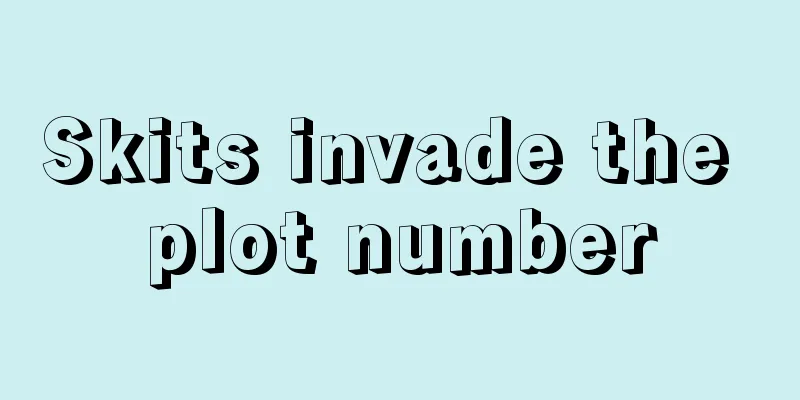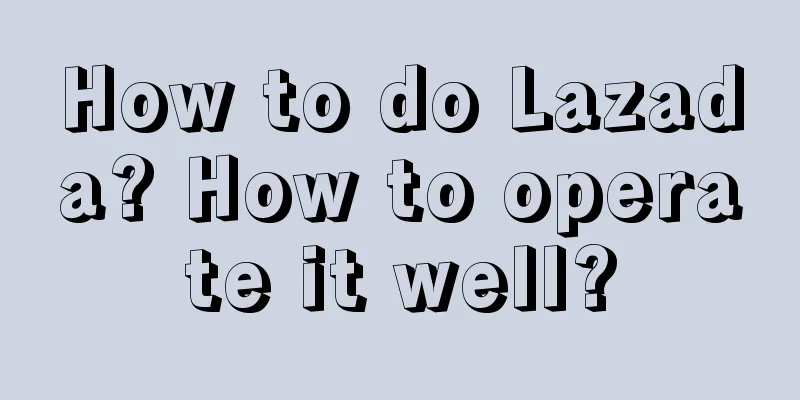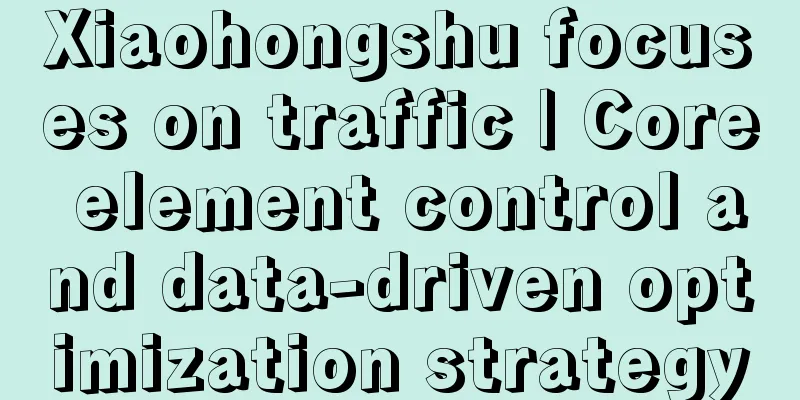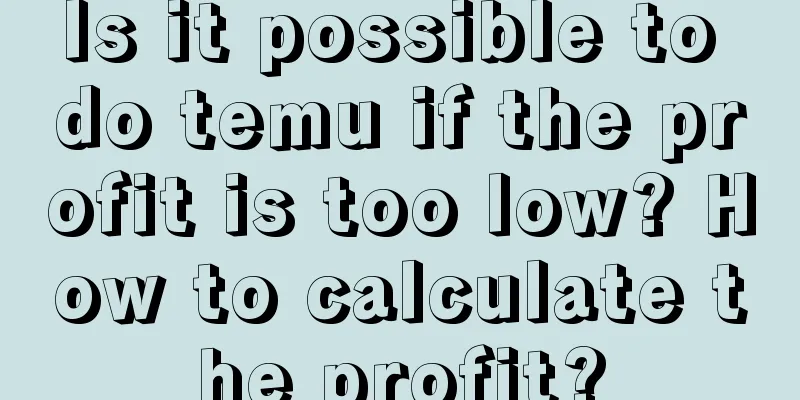Brand No. 1: 24 years, 10 growth models

1. 5A User Behavior ModelThe concept of the whole domain is essentially to deal with the fragmentation of consumer touchpoints caused by the differentiation of media. The public domain is the traffic conversion efficiency of content and KOLs, and the private domain is the user stratification operation, which is a problem of consumer life and behavior cycle management. Public domain + private domain = whole domain
In the past, promotion was centralized, but now it is decentralized. Is it harder or easier? In essence, it has become easier, and even consumer reach has become more efficient. The premise is that you can skillfully plant grass and penetrate in stages.
2. GMV Conversion ModelHeard of X Willing to buy X Bought to X Repurchase X Category Capacity GMV is determined by these five elements, which correspond to brand actions: product, positioning, promotion, channel, and operation. As for which one is important and which one is not, none of them can be missing. Products are important in the product battlefield stage, channels are important in the terminal decisive battle, promotion is important in the media communication stage, and mental brands are important in the final battle of competition. Different stages have different contradictions, and different contradictions lead to different problems.
3. Brand Moat ModelTraffic occupies the channel, and brands occupy people's hearts. The essence of traffic is buying and selling (buying traffic and selling goods). Only when consumers are willing to pay a premium for the brand and pay for the brand, the company has a real moat, which is also the value of building a moat. In terms of the product dimension, for the same function and category, once the consumer's mind is saturated, it will be difficult for you to break into it again. In the field of marketing psychology, there is a concept that users can only remember seven brands in a category. In the current era of media information explosion, products are not competing products, but the competition for attention itself is. Attention first comes from the demand for the category, followed by the presentation of media + traffic + content, and then the choice of brand. That is, demand-search-interest-comparison-selection-purchase-evaluation-sharing-repurchase. 4. Business War 4 ModelThe vast majority of strong brands are created in the early stages of a category’s rise. The advantage of a category’s own halo and becoming number one comes first from the advantage of cognition. The opportunity for the second and third place is to discover, create, and combine cognitive advantages and corporate strength to make objective choices (offensive warfare, defensive warfare, flanking warfare, guerrilla warfare). Battlefield (creating cognitive advantages), battle zone (focusing on advantageous resources), battle situation (brand differentiation strategy), battle situation (grasping the trend of category differentiation). Based on the conditions of superior cognition and the basis of corporate strength, the battle zone is selected and the battle is decided. As the saying goes: Knowing the place of battle and the day of battle, you can fight thousands of miles away - Sun Tzu's Art of War.
5. Scale Barrier ModelSilicon Valley godfather Jeffrey Moore once made an interesting statement about the final market structure of emerging industries: Imagine there are three animals in the forest: gorillas, baboons, and monkeys. The 800-pound gorilla is the undisputed overlord, and all the bananas in the forest belong to it; the baboons do not compete with the gorillas for the market, but focus on their own market; the monkeys often travel in groups, but they can only survive by picking up small and rotten bananas that the gorillas and baboons do not eat. The boss's problem is how to achieve scale advantage, and then have the cost advantage of the entire product line. Michael Porter, total cost leadership emphasizes: when other companies have lost profits in the competition, this company can still make profits. Without scale, there is no basis for quantity. VI. Four-factor model of competitionPosition X Rhythm X Strength X Strategy From the perspective of industry, there are industry market price segments; from the perspective of categories, there are category differentiation and category characteristics; from the perspective of competition, there are previous waves and there will be more waves to come. Sun Tzu's Art of War says: If you know the place of battle, you can fight a thousand miles away on the day of battle. Knowing where to start a battle and choosing where to start a battle are more important than the action of starting a battle. In the battle for Shu-Han, Liu Bang occupied Hanzhong (occupied an advantageous position). Xiang Yu wanted to attack but could not break in, but Liu Bang could attack at any time, achieving the strategic effect of being able to conquer the world directly if he advanced or to stay in a corner if he retreated (occupied an advantageous position). Liu Bang could fail many times in specific battles because Hanzhong, as an advantageous position, could preserve his strength. If Xiang Yu failed once, he would suffer a strategic failure. 7. Propagation Coverage ModelIn "The Three-Body Problem", Ye Wenjie sent a signal to the sun, which was strengthened by the sun and then sent out into the universe. The signal was so strong that the Three-Body Galaxy in Centaurus could receive it. Building a brand is also about sending signals. It must be strong, large, wide and long.
Coverage is a process of widespread publicity, while penetration is a concept of circles. In a decentralized media environment, people are connected by different KOLs, which is what Kevin Kelly said: the concept of media is people. Penetration can be either penetration within the same group of people or penetration across groups of people. Only new media can generate new cognition. Obviously, the position of new consumer brands should be new media and new traffic, because there are new people behind them. The essence of new people is the existence of this cognitive window (vacancy), and only when there is a cognitive window can there be a chance to establish mental opportunities - this is also a question of choosing the soil for planting grass. 8. Three-origin modelOrigin market = Origin crowd + Origin channel The origin market, the origin crowd, and the origin channel are a process of mutual emergence. Through the origin crowd, the origin channel can be clearly identified, and then the origin market can be found in the process of continuous superposition of the origin crowd and the origin channel. Market is a general concept, market = channel + crowd. In the process of 0 to 1, the first thing to understand about the market is the origin crowd. That is: a clear portrait of the origin crowd. The so-called origin crowd portrait is not just about age, gender, income, and education, but more about the behavior, preferences, and catalyst habits of the origin crowd. For example: the preferences of the origin group for media and content, whether it is Xiaohongshu, Douyin, pictures and texts, or short videos; in addition, attention should be paid to the "portraits" with opinion leader characteristics among the origin group, who usually become super users, which requires "tracking" of the data and behavior of the origin group. For example, you can focus on following up on 10 original customers, their Weibo, Douyin, and Xiaohongshu historical pictures and texts. You can do this by creating a group and regularly sending out small benefits and surprises. Then, you can gradually clarify the original customers' understanding of the product's functions and benefits. In other words:
By understanding the real consumers, we can gradually understand how consumers buy, why they buy, where they buy, and how they use them, and then gradually improve and establish a clear initial market cognition. Once this initial cognition is established, the subsequent source channels will gradually become clear. Even vice versa, the product publicity, media, promotion, pictures and texts, and KOL placement will also be targeted.
After the origin crowd, there are the origin channels. The origin channels are those channels that can really move and sell goods. Different consumers have different catalyst habits, and the efficiency of the same product on JD.com, Tmall, Taobao, Pinduoduo, Douyin, and Kuaishou is also different. The logic of people, goods, and places is to go from the origin crowd (people) to the origin channel (place), and then achieve the matching of people, goods, and places, and find the origin market. Then establish and build a model market, and gradually establish a base. From 4P to three origins, then to model market, and then to base construction. This matching process is the initial cognitive challenge that new consumer brands must go through from 0 to 1, namely: 4P, three origin challenges. 9. Three strategic modelsTop-level design: Top-level design is not about designing the top level, but about forming top to bottom: going all the way to the bottom, going all the way to the bottom, and going all the way to the bottom. That is: corporate strategy - market strategy - brand strategy. Corporate strategy determines market strategy, and market strategy determines brand strategy. Corporate strategy determines what to do and what not to do. Corporate resources are limited, and the strategy at the corporate (organization) level first determines what not to do and what to do. Choose what industry (track), what market opportunities to target, what business segments to do, and what product line planning to pull out. That is: industry-market-business-product line Market strategy: You can think of market strategy as drawing a "battle map". The enterprise strategy has already planned the industry, market, business, and product line, just like the food and soldiers are ready. How to fight this battle, which soldiers (products) to send out first, which hilltop (origin market) to occupy first, which soldiers to send out later, how to go from a point to a line, and then to a surface, and what kind of situation to form. Brand strategy: Products occupy shelves, while brands occupy minds. The best strategy is to attack the enemy's strategy. It means what kind of flag you should raise to command the world and conquer the world. How important is this flag? It is related to investment and can determine life and death. It comes down to: brand naming, product serial packaging, and differentiated reasons for purchase.
10. Five-paragraph model of competitive value
The five levels represent the evolution of competition in a category market. The higher the progress of levels 1-5, the stronger the competitive moat for profit will be, and the more powerful the brand will be in pricing. Similarly, in a category market that uses brand as a competitive tool, it will eventually move from level 1 to level 5. In the product stage, having a product is better than having no product, a good product is better than a bad product, and having technology is better than having no technology; in the channel stage, the quantity of offline and online companies will eventually be consistent; brand awareness is nothing more than celebrities + advertising, pictures and texts + short videos, traffic + content. Competition on the product side, channel side, and brand awareness side has gradually escalated to competition on brand recognition. Equipment can immediately catch up, and production capacity can be enlarged. In the long run, offline channel distribution will eventually become a zero-sum game. Online, you can promote products on Taobao, JD.com, and Tmall, and I can do the same. These are not the most important. What really matters is who is the first to penetrate the mind and inject the brand into the mind. In the current melee stage, all brands have opportunities. Author: Lao Gao (Houshan Keju), Source: WeChat public account “Lao Gao Business and Brand”. |
<<: The harder it is, the more you need to invest in product advertising
Recommend
Where can I find my Shopee store ID? How can I check it?
Shopee is a cross-border e-commerce platform. Sell...
When IP collaboration "goes beyond tea drinks": too many brands, not enough IPs | Inventory of collaborations in August and September
In the brand marketing arena, IP co-branding is se...
In 2024, how should overseas brands formulate video marketing strategies?
Nowadays, immersive short videos have become a for...
What should I do if Amazon does not ship orders? Method introduction
Many merchants on Amazon use the self-delivery mod...
Decoding Kimi: How did the big model application become so popular?
If you live in China, you may not know ChatGPT, bu...
Which joint-stock bank’s credit cards are planning to use Xiaohongshu?
For financial products, such as credit cards, Xiao...
520 is quiet. How can brands that cannot sell love do “reverse marketing”?
This article explores the current status of 520 ho...
Operations = miscellaneous tasks, solving one problem or a category of problems?
Those who work in operations may all go through a ...
These 3 brands spent over a million on Xiaohongshu! Why did they disappear again?
Why did the brands that were popular on Xiaohongsh...
Al adds to the hype, triggering the "lying flat" tourism
This article explores how AI technology can bring ...
To do marketing well in 2025, you need to do four things well:
In 2025, the marketing field faces many challenges...
The Father's Day copy you want is here!
The author of this article has prepared a special ...
Brand, from the circle to the masses
After many new brands came to the market, they fac...
How to use Amazon's influencer program? How to find influencers for promotion?
The Amazon Influencer Program allows influential i...
How to improve the conversion rate of e-commerce links - transaction points
How to improve the conversion rate of e-commerce l...









